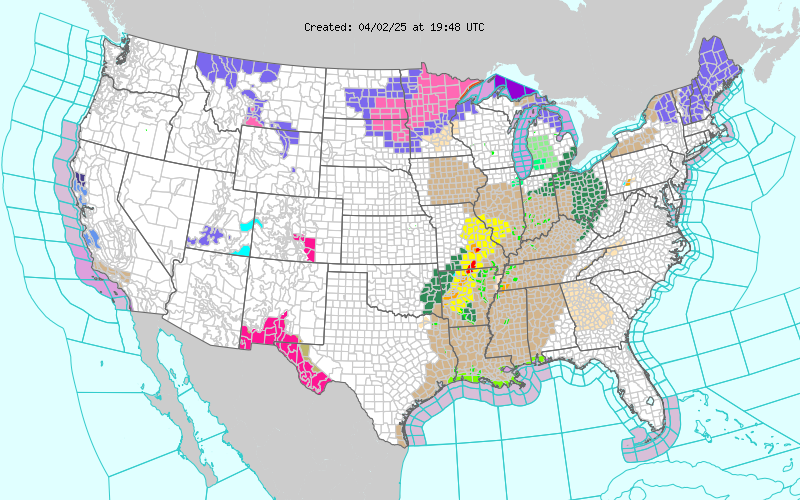Stuck With Unrelenting Summer Heat & No Rain.
Synopsis: La Niña is favored to continue through 2022 with the odds for La Niña decreasing into the Northern Hemisphere late summer (60% chance in July-September 2022) before increasing through the Northern Hemisphere fall and early winter 2022 (62-66% chance).
During June, below-average sea surface temperatures (SSTs) weakened across most of the central and eastern equatorial Pacific Ocean with SSTs returning to near-average in the east-central Pacific [Fig. 1], as reflected by the Niño indices, which ranged from -0.4°C to -1.2°C during the past week [Fig. 2]. Subsurface temperatures anomalies averaged between 180°-100°W and 0-300m depth were weakly positive in June [Fig. 3]. Below-average subsurface temperatures persisted near the surface to ~75m depth in the eastern equatorial Pacific Ocean, with above-average temperatures at depth (~100 to 200m) in the western and central Pacific Ocean [Fig. 4]. Low-level easterly wind anomalies prevailed in the western and central equatorial Pacific, while upper-level westerly wind anomalies continued over most of the equatorial Pacific. Convection remained suppressed over the western and central Pacific and enhanced over Indonesia [Fig. 5]. Overall, the coupled ocean-atmosphere system was consistent with La Niña conditions.
The most recent IRI/CPC plume average for the Niño-3.4 SST index now forecasts La Niña to persist into the Northern Hemisphere winter 2022-23 [Fig. 6]. The forecaster consensus also predicts La Niña to persist during the remainder of 2022, with odds for La Niña remaining at 60% or greater through early winter. Lowest odds occur during the next few months with a 60% chance of La Niña and a 39% chance of ENSO-neutral during July-September 2022. Subsequently, chances of La Niña increase slightly during the fall and early winter. In summary, La Niña is favored to continue through 2022 with the odds for La Niña decreasing into the Northern Hemisphere late summer (60% chance in July-September 2022) before increasing through the Northern Hemisphere fall and early winter 2022 (62-66% chance; click CPC/IRI consensus forecast for the chances in each 3-month period).
This discussion is a consolidated effort of the National Oceanic and Atmospheric Administration (NOAA), NOAA's National Weather Service, and their funded institutions. Oceanic and atmospheric conditions are updated weekly on the Climate Prediction Center web site (El Niño/La Niña Current Conditions and Expert Discussions). Additional perspectives and analysis are also available in an ENSO blog. A probabilistic strength forecast is available here. The next ENSO Diagnostics Discussion is scheduled for 11 August 2022.
To receive an e-mail notification when the monthly ENSO Diagnostic Discussions are released, please send an e-mail message to: ncep.list.enso-update@noaa.gov.




































Comments
Post a Comment
Your comments, questions, and feedback on this post/web page are welcome.